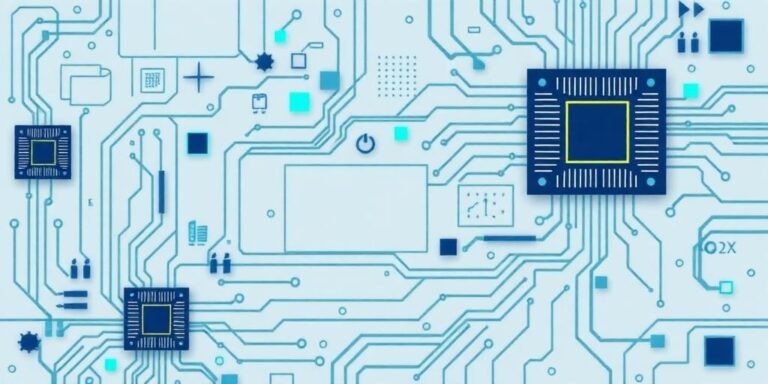The Open Hardware Movement: Democratizing Computing Design (2025+)
The open hardware movement is gaining momentum, poised to revolutionize computing design. As proprietary systems become increasingly restrictive, open hardware offers a compelling alternative, empowering individuals and organizations with unprecedented control and customization capabilities.
What is Open Hardware?
Open hardware is hardware whose design is made publicly available so that anyone can study, modify, distribute, make, and sell the design or hardware based on that design. The design, typically electronic or mechanical, is made available under a license that grants users these freedoms.
Key characteristics of open hardware include:
- Accessibility: Design specifications are readily available.
- Transparency: The inner workings of the hardware are open for scrutiny.
- Modifiability: Users can adapt and improve designs to suit their needs.
- Community-Driven: Development is often collaborative and decentralized.
The Rise of Open Hardware
Several factors are driving the open hardware movement:
- Dissatisfaction with Proprietary Systems: Concerns about vendor lock-in, planned obsolescence, and lack of control are pushing users toward open alternatives.
- Advancements in Manufacturing: Affordable prototyping tools like 3D printers and CNC machines make it easier for individuals and small teams to create custom hardware.
- Growing Maker Culture: The maker movement fosters a culture of experimentation, collaboration, and knowledge-sharing, which aligns perfectly with the principles of open hardware.
- Demand for Customization: Open hardware enables users to tailor hardware to specific applications, whether it’s for scientific research, industrial automation, or personal projects.
Benefits of Open Hardware
Open hardware offers numerous advantages:
- Innovation: Open access to designs accelerates innovation by allowing anyone to build upon existing work.
- Customization: Users can modify hardware to meet their unique requirements, creating solutions that are not available from traditional vendors.
- Cost Savings: Open hardware can reduce costs by eliminating licensing fees and promoting competition.
- Education: Open hardware provides valuable learning opportunities for students and hobbyists, fostering a deeper understanding of technology.
- Security: Transparency in design allows for greater scrutiny, potentially leading to more secure hardware.
Examples of Open Hardware Projects
- RISC-V: An open standard instruction set architecture (ISA) that is challenging the dominance of proprietary ISAs like x86 and ARM.
- Arduino: An open-source electronics platform that has revolutionized the maker movement, making it easier for beginners to get started with hardware development.
- Raspberry Pi: While not entirely open hardware, the Raspberry Pi’s open-source software and extensive community support have made it a popular platform for open hardware projects.
Challenges and Opportunities
Despite its potential, the open hardware movement faces challenges:
- Intellectual Property: Navigating patent law and protecting open-source designs can be complex.
- Quality Control: Ensuring the quality and reliability of open hardware designs requires community involvement and rigorous testing.
- Commercialization: Developing sustainable business models for open hardware projects can be difficult.
However, the opportunities are immense. As open hardware matures, it has the potential to:
- Drive Innovation: Accelerate the development of new technologies by fostering collaboration and open access.
- Empower Individuals: Give individuals more control over the technology they use.
- Create New Industries: Spawn new businesses and industries based on open hardware designs.
- Promote Education: Provide valuable learning opportunities for students and professionals.
The Future of Computing Design
The open hardware movement is poised to transform computing design. By democratizing access to hardware designs, it empowers individuals, fosters innovation, and creates new opportunities for economic growth. As we move into the future, open hardware will play an increasingly important role in shaping the technology landscape.
Conclusion
The open hardware movement represents a paradigm shift in how we design, manufacture, and use technology. By embracing openness and collaboration, we can unlock unprecedented levels of innovation and create a more equitable and sustainable technological future. The year 2025 and beyond will be defined by the increasing influence and impact of open hardware across various industries and applications.




